Fashion History Insights: The Evolution and Development of Runways
- Priyanka Raghuvanshi
- Dec 5, 2017
- 3 min read
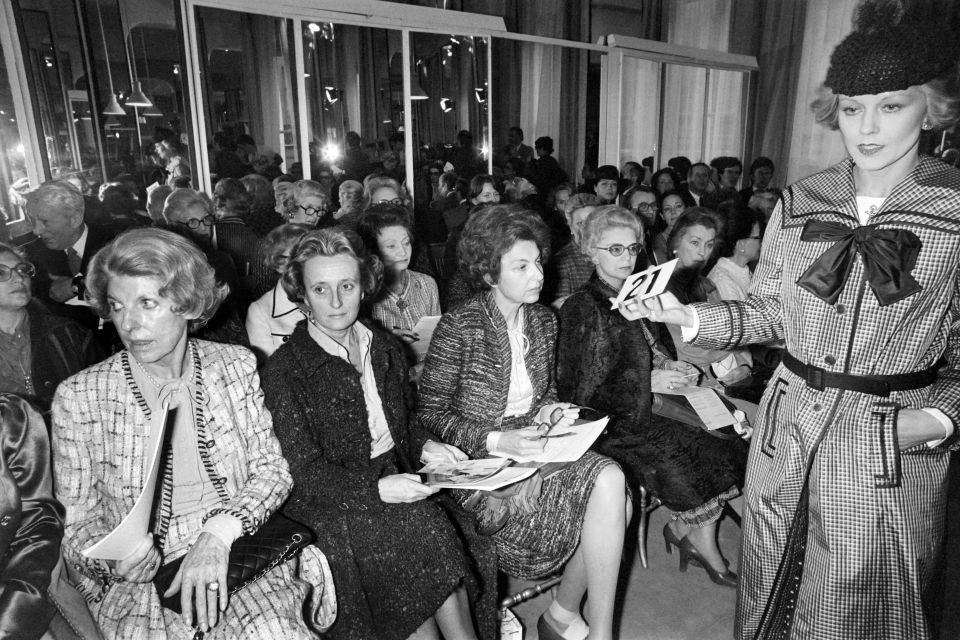
Introduction:
Once upon a time, when there were no technologies present, fashion shows were just a small-scale marketing medium to tempt wealthy audiences to buy couture.How fashion shows evolved and how these fashion events become the fashion weeks as we see them today? Let us tell you.
Definition:
An event at which collections of newly designed clothing are modeled for an audience.
~ Oxford Dictionary
A show for the public where models wear new styles of clothes.
~ Cambridge Dictionary
History:
During 1800s to 1900s designers used to make their models wear their respective couture and walk the surrounding racetracks. The employed women used to get noticed, photographed and reported on by the media.
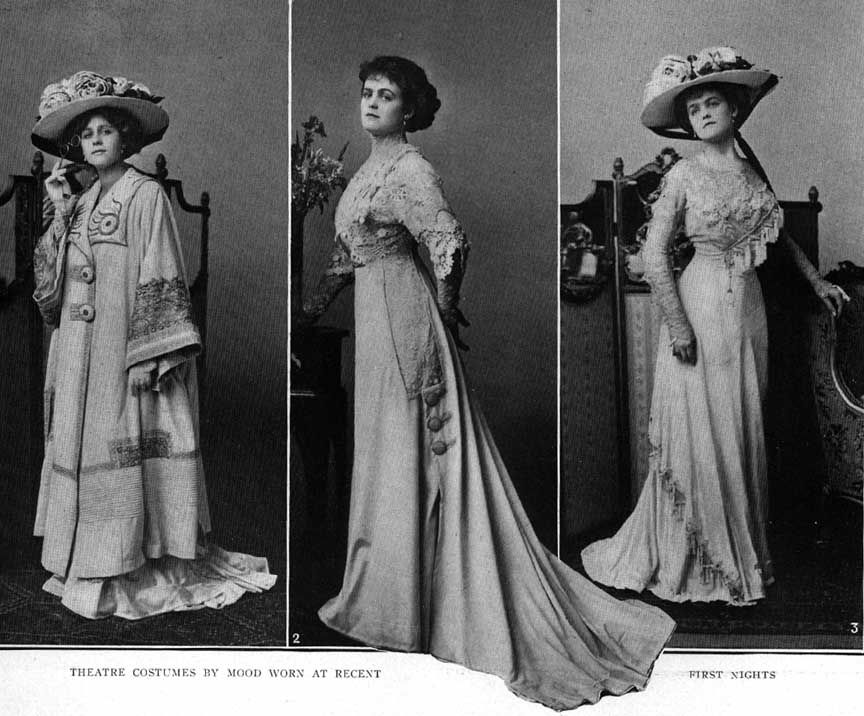
When the 20th century started high-end fashion designers started to hire in-house models to display their designs. These shows were private and informal and included casual walking around small groups of customers. However, during 1908 - 1910, scheduled fashion parades were more popular and lasted as long as three hours. Also, these shows were repeated every day for several weeks.

It took the hard work of many designers, who led media-driven fashion presentations to what we have today. Couturiers Paul Poiret and Lucile (Lady Duff Gordon) were known for the best strategists to seek the clients.
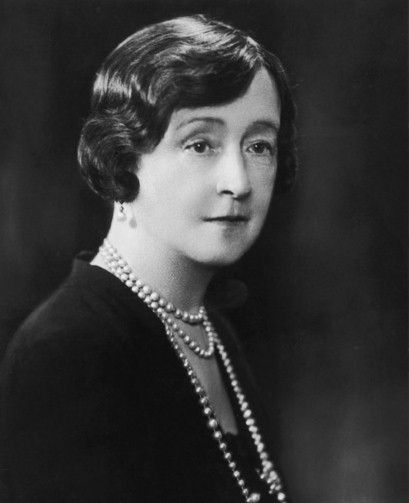
Lucile turned a simple cloth buying business into an impressive and noticeable social event by sending invitation to the attendees. At that time, in most of the fashion shows, models used to tag a number on their designs for customers to keep a track of what they wanted.
Lucile used to make her clothing seem more like fantasies by giving them names like ‘Love in a Mist’ or ‘Gowns of Emotions’.
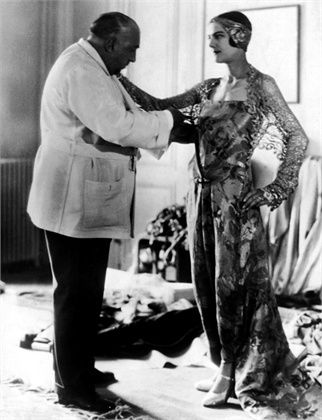
Couturier Paul Poiret was was famous for his unique ways to promote his collections. ‘Thousand and Second Night’ is one of his legendary shows. He always transformed his entire show into a interactive runway/ catwalk.
By the time 1918 came, these shows started developing on their own ways. As increasing amount of buyers from different countries were coming to Europe to explore the latest styles. Then, the couture houses started to hold their fashion shows on fixed dates that was two times in a year, and named it ‘fashion week’. Throughout the 1910s, American fashion stores also began to host their own fashion parades and charity fashion shows. That would become more common once European couture salons were forced to shut during World War II.
In 1947, when Christian Dior debuted his innovative ‘New Look’, fashion shows got more publicized and serious. This brings major changes in fashion shows like
Shows were hosted either in designer’s salon or small venues like hotels.
Stone-faced models replaced the informal model ‘walkabout’.
Seated audience replaced into rooms with big-name journalists sitting on the front row and retailers and potential clients spread throughout the space.
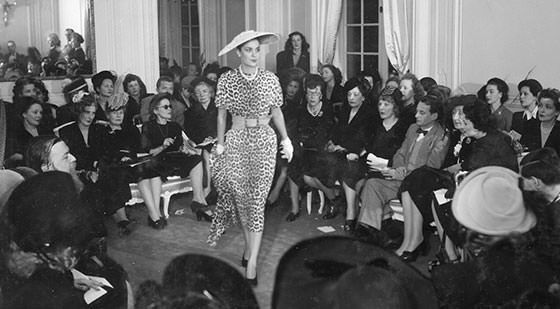
These shows tended to be lengthy and ambiance of these shows used to be quiet. Some salons had their own permanent t-shaped semi-circular runways.
By the mid of 1950s, many department stores had adopted regular runway shows to elevate their reputations. In 1960s, the entire format of traditional fashion shows got transformed with the rise ready-to-wear.
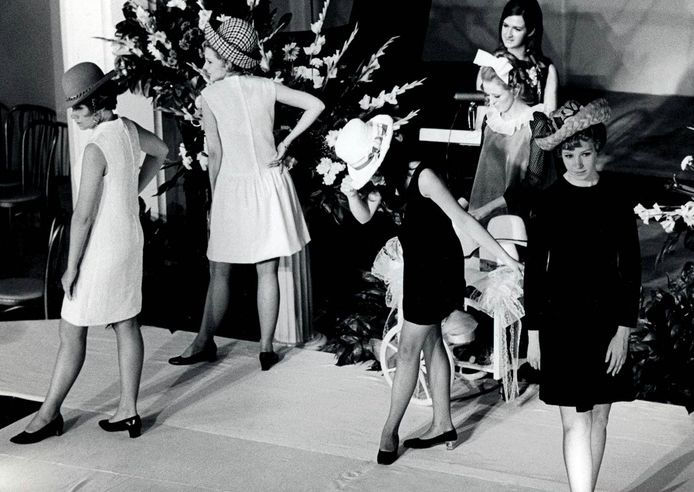
By the 1980s, fashion shows had become hugely popular. In 1984, Thierry Mugler staged a colossal catwalk at the Zenith stadium in Paris. Half of the tickets to be sold to the public. That was the show where 6000 people were there. Other designers, including Yves Saint Laurent have taken their runways to the similar levels.
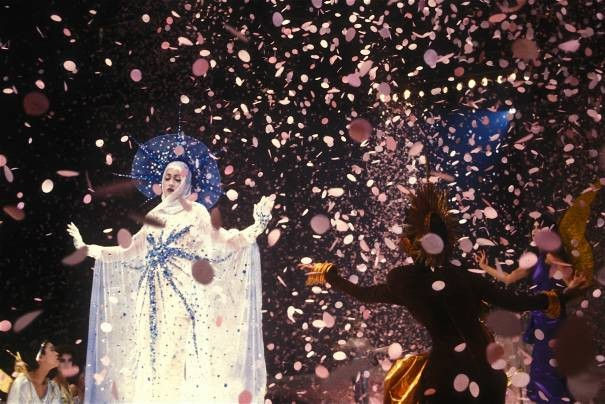
In 1998, after the world Cup Final, a French designer presented a retrospective couture collection in Paris in front of an estimated 1 billion television spectators. The late Alexander McQueen excelled in catwalk theatrics and was known for his ‘Human Chessboard’ and high powered tunnels.
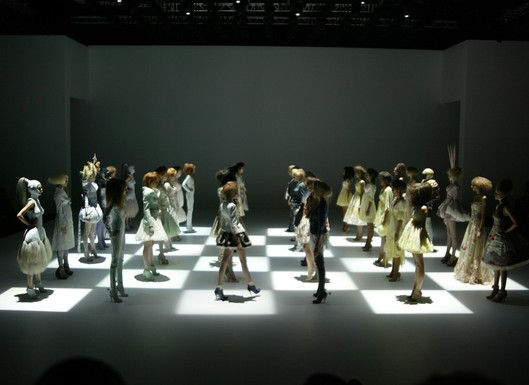
In 1998, he masked his model in a blood red dress, surrounded by a ring of fire signifying Joan of Arc for his fall collection.

Fashion in 21st Century
There is no shortage of theatrical runways shows. Although many designers have placed catwalks in exotic locations. Some designers modernized the presentation styles of fashion show amalgamating advance technologies, such as pre-recording digital videos as backdrops.
In 2010, London Fashion Week was the first fashion week to allow viewing of its shows through live streaming.

In 2014, designer Ralph Lauren presented his new Polo line for Spring 2015 in a water-screen protection in New York Fashion Week at Manhattan’s Central Park.
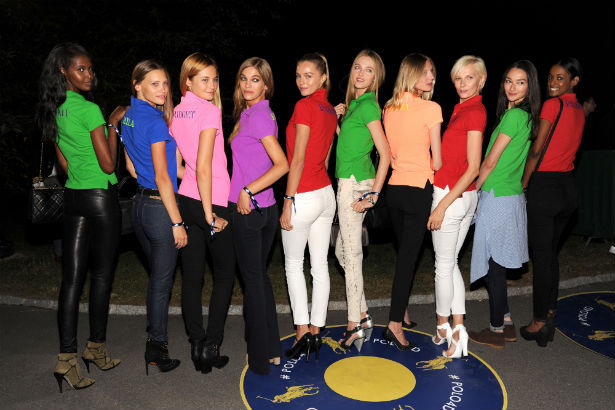
Fashion trends and styles keep changing through time to time and so are fashion shows. But, from then till now, fashion shows facilitate in achieving the attention of potential customers. It is important to inform people about current changing trends and fashions and fashion shows create a platform to connect designers to the customers.










Comments